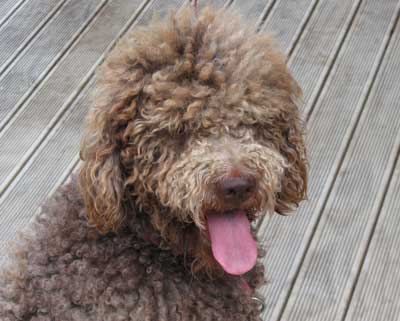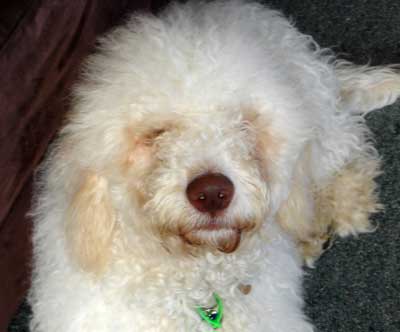I haven't been to Chicago for 20 years, and I was younger then, happy to spend all night in a blues club getting over jetlag. At the IACP conference last week, I was more concerned with surviving to get to my workshop, resisting the blandishments of food and wine to arrive unscathed at the right room at the right time. I failed. Count the meal at Le Bouchon, preceded as it was by regular infusions of Peregrine Pinots gris and noir, and rounded off with a pleasant little Bourgogne, as my downfall. The company was excellent: Birgitta Watz, Annabel Langbein, my co-presenter Danièle Mazet-Delpeuch (the ch is silent) - former personal cook to President Mitterand - and the food was high quality French bistro-style. Danièle ordered the boudin noir, and pronounced that it was in the style of Guadelope or Martinique. It may have been made in San Francisco, but the man who made it came from the French empire.
Danièle was in charge of the tasting. We had very fine Oregon white and black truffles compounded specially for the occasion by Jim Wells of Oregon Wild Edibles, the white butter served on bread, the black on pasta. For comparison, we had some commercial "truffle" butter, which had all the finesse of truffled aftershave. Danièle - who is formidable in both French and English senses of the word - took the lead with the culinary history of the black truffle, and I finished off with a quick tour of the truffles of the world, and the iniquities of the overuse of truffle oil. Seemed to go down well...
But the highlight was not the workshop, it was the duck-fat fries at Hot Doug's, home of the best dogs in the mid-west. As the T-shirt there has it: "There are no two finer words in the English language than encased meats", and Doug may be right. But not with his Port Wine and Confit Duck Sausage with Black Truffle Butter and Chimay Cheese, which had all the hallmarks of truffle oil overuse. If a swiftly passing hot dog smells like cartoon truffle, you know you've made the right choice with the Portugese Linguica with Saffron Rouille and 12-month Manchego Cheese.



.jpg)


